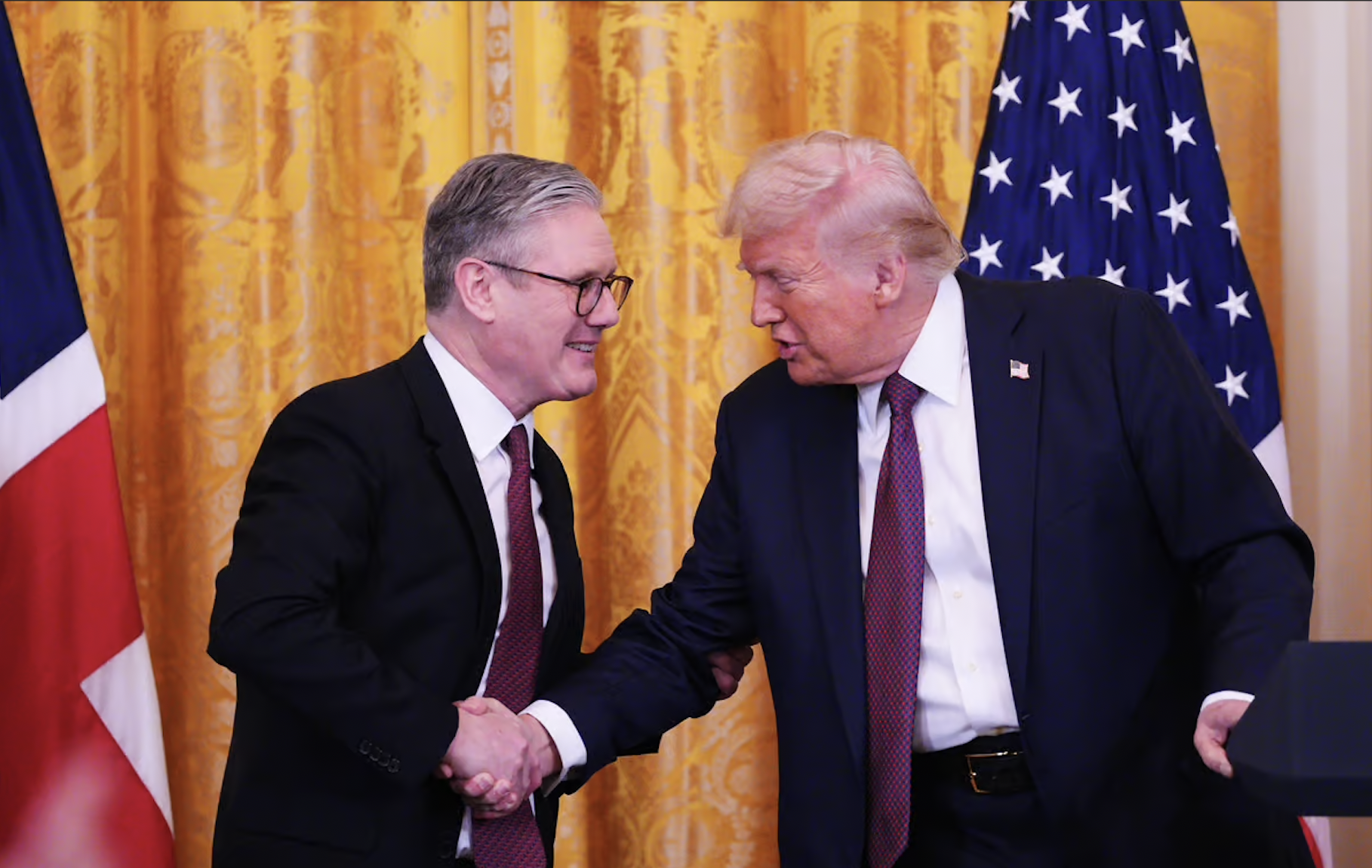The UK-US trade deal framework has been formally introduced, signalling progress in restoring stable trade relations following months of economic strain. Unveiled ahead of expected talks with China, the agreement seeks to reduce tensions ignited by the US’s sweeping tariffs introduced in April 2025.
The preliminary pact outlines targeted relief for key British exports, including automobiles and steel, which have been burdened by tariff hikes of up to 25%. This initial arrangement could help both nations navigate global economic uncertainty and supply chain disruption more effectively.
Core Provisions of the UK-US Trade Deal Framework
According to UK officials, the agreement includes reduced tariff quotas for British exports of steel and vehicles. These concessions aim to counteract the recent spike in US import duties. In exchange, the UK is reviewing its 2% digital services tax, a levy that primarily affects US-based technology giants.
Negotiations also cover American agricultural goods and vehicle exports to the UK. Nevertheless, the UK government continues to uphold its regulatory standards for food imports. For example, it remains firm against allowing chlorinated chicken, prioritising alignment with European Union food laws.
Economic Strategy and Diplomatic Timing
The trade announcement follows intensive diplomatic engagement between President Donald Trump and Prime Minister Keir Starmer. Notably, the two leaders met at the White House in February 2025 to discuss a broader economic cooperation framework.
This deal represents Britain’s second major trade development in under a week, following the successful conclusion of a free trade agreement with India. Strategically, this move positions the UK to approach its upcoming negotiations with the EU from a strengthened economic stance.
Ongoing Talks and Broader Implications
Despite progress, the framework does not equate to a full trade agreement. Experts, including international trade attorney Timothy Brightbill, suggest that it serves more as a roadmap for further discussions. Specific policy adjustments—such as steel tariff reductions and revisions to the digital tax—still require final confirmation.
The Trump administration’s wider tariff regime, introduced on “Liberation Day,” continues to disrupt global supply chains. Although the UK avoided direct retaliatory tariffs due to its trade surplus with the US, it remains exposed to general duties on foreign imports.
As negotiations proceed, both sides will need to balance strategic interests with domestic policy limits. The evolving UK-US trade deal framework, however, marks an important first step towards broader economic cooperation.


